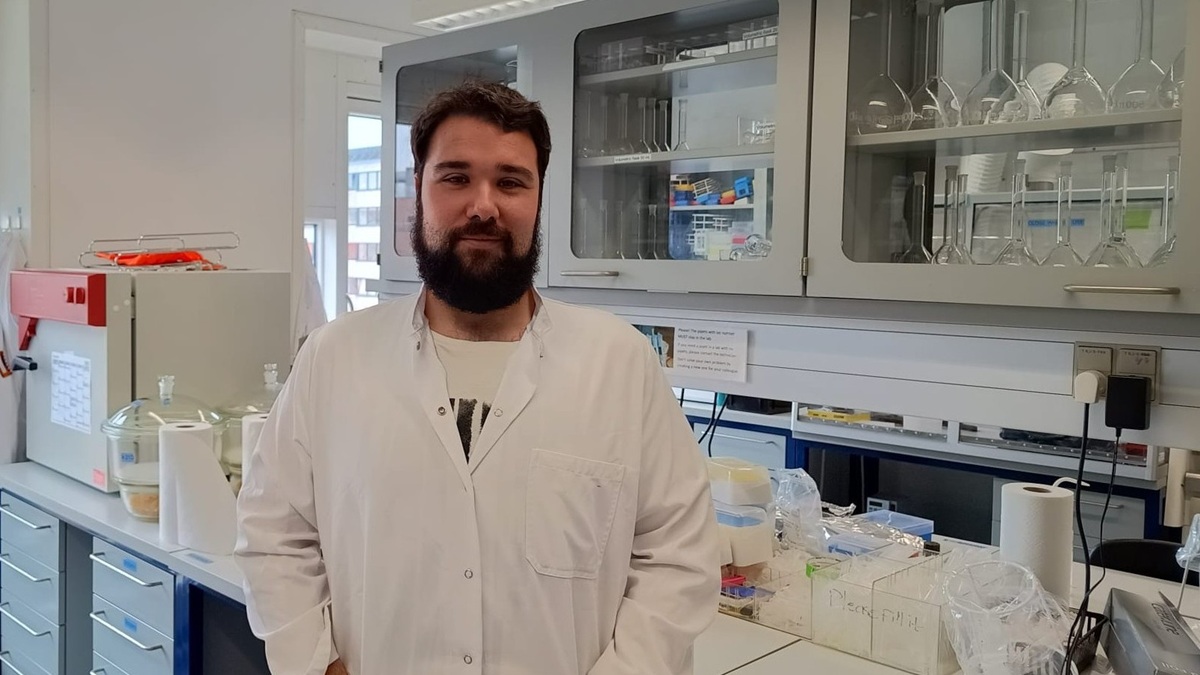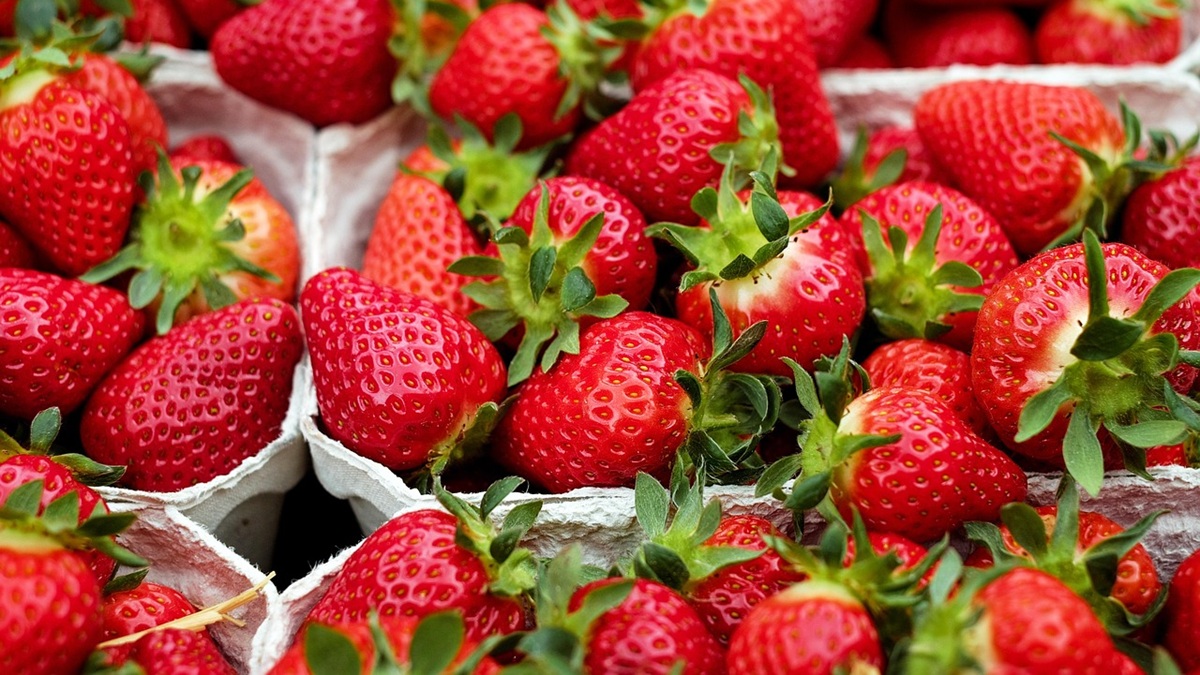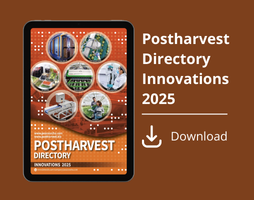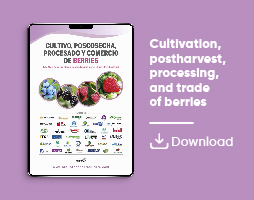Conditioning
Researchers Develop a Method to Detect Rancid Hazelnuts Without Opening the Packaging
Infrared Light Measures Fatty Acid Oxidation in Nuts

A team of researchers from Universitat Rovira i Virgili (URV) in Spain has developed an innovative technique to detect rancid hazelnuts without opening their packaging. The method uses infrared light to analyze the chemical composition of the nuts in a non-invasive way, overcoming the limitations of traditional testing methods. This technology allows for the quality assessment of an entire package of hazelnuts with a single scan, eliminating the need for sample preparation or product destruction. According to the researchers, this advancement could improve storage and distribution conditions, reduce food waste, and establish new quality standards in the nut industry.
Catalonia: A Key Player in the Global Nut Industry
Catalonia, a region in northeastern Spain, is one of the country’s leading nut producers, with a strong presence in its southern provinces. While almonds dominate the sector, hazelnuts rank second in production volume. More than 90 Catalan cooperatives market nuts with an annual value exceeding €75 million ($81 million), with a strong focus on exports. According to the Federation of Agricultural Cooperatives of Catalonia, the highest concentration of hazelnut cooperatives is found in the province of Tarragona.
Ensuring product quality throughout the supply chain is essential to prevent waste and maintain freshness for consumers. Hazelnuts become rancid when unsaturated fatty acids oxidize, a process accelerated by exposure to oxygen and light. Jokin Ezenarro, a researcher in URV’s Department of Analytical and Organic Chemistry and lead author of the study, explains:
"The oxidation process speeds up significantly if hazelnuts are not stored properly."
Hyperspectral Imaging for Accurate Detection
To tackle this challenge, the URV team developed a system using hyperspectral imaging to monitor hazelnut oxidation without opening the package. This technology provides a valuable tool for producers and retailers, enabling them to assess product quality before purchasing or selling.
The system relies on a hyperspectral camera, a device that analyzes the oxidation state at multiple points in the package. Ezenarro explains:
"It functions as an advanced spectrophotometer, emitting a light beam onto the sample and analyzing how it interacts with the product, revealing detailed information about its chemical composition."
The device uses infrared light, which has a longer wavelength than visible light and is invisible to the human eye. The researcher adds:
"All organic molecules absorb infrared light at specific frequencies depending on their composition. This allows us to identify the chemical compounds formed during nut oxidation."
Unlike conventional spectrometers, which can only analyze a single point at a time, hyperspectral cameras scan entire surfaces. They function similarly to standard cameras, where thousands of pixels create an image—except in this case, each pixel corresponds to a spectral measurement. This capability allows the entire package to be evaluated without opening it.
The trend toward non-destructive and sustainable testing methods is growing in analytical chemistry. Ezenarro highlights:
"These techniques are more environmentally friendly because they don’t require chemical reagents or sample preparation. In fact, with this system, the device never even touches the product."
However, the material and thickness of the packaging can influence infrared spectrum readings, and these factors need to be considered when applying the technology.
To fine-tune the system, the URV team conducted experiments storing hazelnuts under different conditions for 78 days: vacuum-sealed, in a nitrogen atmosphere, exposed to air, and under varying light levels. The data helped create a mathematical model linking spectral measurements to the product’s freshness.
Vacuum Packaging: The Best Storage Method
The study confirmed that the key factors affecting hazelnut oxidation are the surrounding atmosphere and exposure to light, with storage duration being the most critical factor in product degradation. Ezenarro states:
"We found that vacuum packaging is the most effective method for preserving hazelnut quality and that light significantly impacts product stability."
Sensory tests revealed a strong correlation between spectral measurements and consumer perception: hazelnuts stored in contact with air and exposed to light developed a much stronger rancid flavor.
The development of non-destructive food quality assessment methods represents a major step forward for multiple industries. In the nut sector, this technology could optimize packaging, storage, and distribution processes, reducing waste and setting new quality benchmarks. While current equipment costs exceed €50,000 ($54,000), applications for these techniques are rapidly expanding, from detecting bitter almonds to sorting plastics in recycling plants.
This breakthrough could revolutionize quality control in the global nut trade, ensuring fresher, higher-quality products for consumers while reducing economic and environmental losses.











